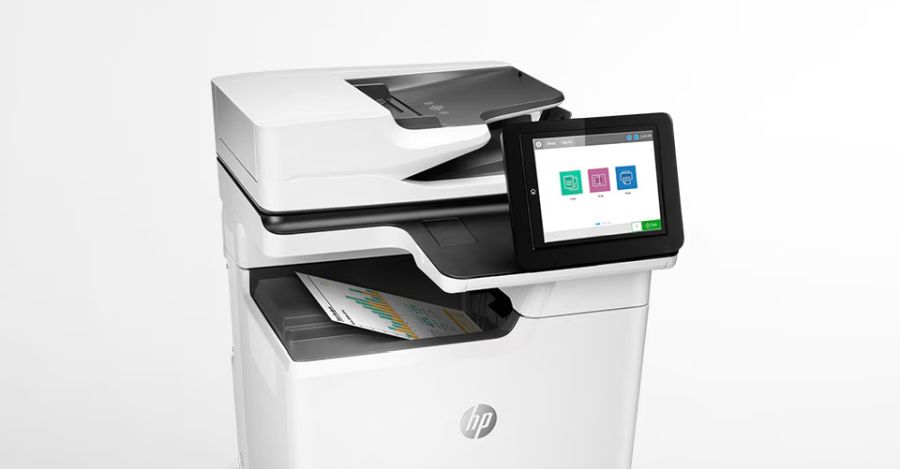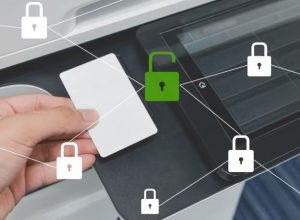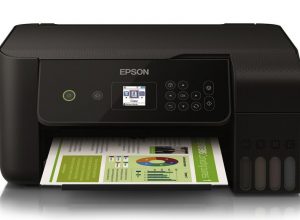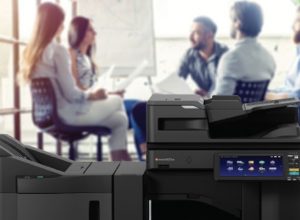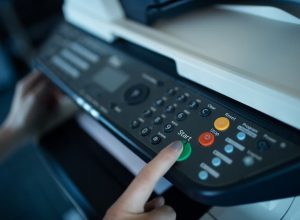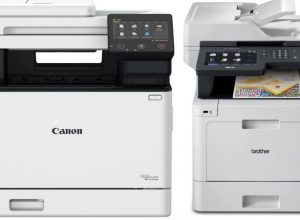Contents
MFP vs Standalone Devices: Pros and Cons
When it comes to office equipment, the choice between Multi-Function Printers (MFPs) and standalone devices (i.e., separate printers, scanners, copiers, and fax machines) is a common dilemma faced by businesses of all sizes. Understanding the benefits and drawbacks of both options is crucial for making an informed decision that caters to your specific needs. This article delves into the pros and cons of MFPs and standalone devices, providing comprehensive insight into their functionalities, operational costs, and overall suitability for different environments.
Multi-Function Printers (MFP)
MFPs integrate several functionalities into a single machine, typically combining printing, scanning, copying, and sometimes faxing. This all-in-one capability can dramatically reshape how businesses approach their document-handling tasks.
Advantages of MFPs
- Space Efficiency: MFPs require significantly less physical space compared to standalone devices. For businesses with limited office space, an MFP can often replace multiple machines, allowing for a more organized and clutter-free environment.
- Cost-Effective: Purchasing an MFP can be more economical in the long run. Organizations save money on upfront equipment costs, installation, and maintenance, significantly reducing total cost of ownership.
- Streamlined Workflow: Having a single device for multiple functions simplifies workflow processes. Employees can complete various tasks such as printing, scanning, and copying from one machine, minimizing downtime and improving efficiency.
- Advanced Features: Many MFPs come equipped with advanced features like automatic document feeding (ADF), duplex printing, and scanning to email or cloud storage. These features can enhance productivity and streamline operations.
Disadvantages of MFPs
- Single Point of Failure: If an MFP malfunctions, all functions may be compromised, leading to significant operational downtime unless a backup device is available.
- Higher Maintenance Costs: While MFPs can be cost-effective overall, repairs and maintenance can sometimes be more expensive compared to standalone devices, particularly if a problem arises with one of the integrated functions.
- Complexity: MFPs often come with many features that require training and administrative resources to manage. The complexity of operation may overwhelm some users, impacting efficiency.
Standalone Devices
Standalone devices encompass dedicated machines for specific tasks—typically printers, scanners, copiers, and fax machines. They are designed to perform one function, catering to businesses that require highly specialized equipment.
Advantages of Standalone Devices
- Dedicated Functionality: Each device is optimized for a specific task, which can mean better performance, higher speed, and enhanced quality for that particular function. For example, a high-end standalone printer may produce superior prints compared to an MFP.
- Reduced Risk of Downtime: If one device fails, other devices will continue to function, allowing business operations to continue without significant interruption.
- Scalability: Businesses can scale their operations by adding or removing devices as needed. For example, a growing business may choose to increase their printing capabilities without overhauling their existing systems.
Disadvantages of Standalone Devices
- Larger Footprint: Separate devices can take up considerable physical space, which may not be feasible for smaller offices.
- Higher Initial Costs: Purchasing multiple standalone devices can lead to higher upfront costs compared to an MFP.
- Increased Complexity in Management: Managing multiple devices often results in a more complex environment, with a need for separate maintenance contracts, supplies, and consumables for each device.
Comparison Breakdown
| Feature | MFP | Standalone Devices |
|---|---|---|
| Space | Compact, saves physical space | Larger, requires more office space |
| Cost | Generally lower initial and operational costs | Higher upfront costs, ongoing maintenance |
| Functionality | Multiple functions in one device | Dedicated and optimized for specific tasks |
| Dependability | Single point of failure | Redundancy through multiple devices |
| Maintenance | Can be more complex and costly | Individual maintenance for each device |
Conclusion
The choice between MFPs and standalone devices ultimately hinges on specific business needs, operational complexities, and budgetary constraints. MFPs can greatly enhance workflow efficiency and are ideal for businesses with limited space and resources. Conversely, standalone devices often provide superior performance for specialized tasks and may be better suited for businesses with extensive printing, scanning, or copying needs that necessitate high-quality output.
In a carefully evaluated decision-making process, consider future growth, the potential need for specialized functions, and the overall operational flow when selecting the device type that best serves your organization’s requirements.
